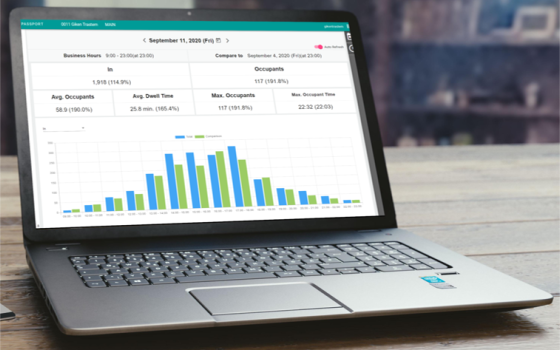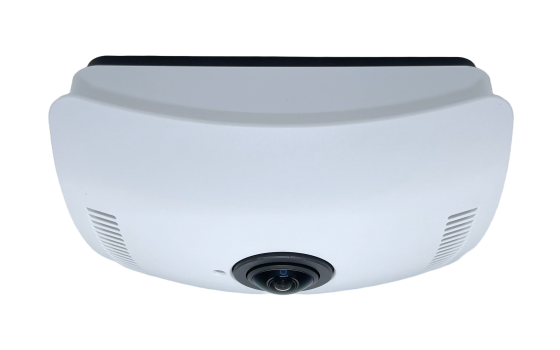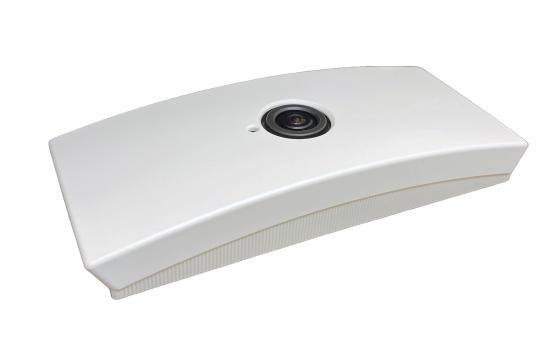CASE STUDY
Reducing Bounce Rate: Insights into Customer Behavior and Store Performance
The Bounce Rate measures the percentage of visitors who enter the store but leave without further engagement.
By analyzing this metric, retailers can gain valuable insight into the effectiveness of their merchandising (MD) and store layout.
This article explores the importance of Bounce Rate, how to measure it, and strategies for using this data to improve retail performance.
By analyzing this metric, retailers can gain valuable insight into the effectiveness of their merchandising (MD) and store layout.
This article explores the importance of Bounce Rate, how to measure it, and strategies for using this data to improve retail performance.
What is a Bounce Rate in retail store?

Bounce Rate, in a retail context, refers to the percentage of visitors who enter the store but leave without exploring the store further.
A high Bounce Rate indicates that many customers do not find the store appealing or engaging enough to continue their visit, while a low Bounce Rate indicates that customers are interested in what the store has to offer and are engaging with the products and displays.
A high Bounce Rate indicates that many customers do not find the store appealing or engaging enough to continue their visit, while a low Bounce Rate indicates that customers are interested in what the store has to offer and are engaging with the products and displays.
How to Calculate Bounce Rates
To measure Bounce Rate, a highly accurate visitor counting solution is essential for accurate Bounce Rate calculations.
You need data on three key stages of customer interaction:
The formula used to calculate the Bounce Rate is
Bounce Rate = (1-(In Store Engagement / Store Visits)) × 100
For example, if 500 people enter the store and 300 of them continue into the store, the Bounce Rate is 40%.
Bounce Rate = (1 - (300/500)) × 100 = 40%.
A high Bounce Rate indicates that there are aspects of the store's appearance, window displays, or initial in-store experience that need to be addressed in order to retain customer interest.
You need data on three key stages of customer interaction:
| Storefront Traffic | The total number of people who pass by the store. |
| Store Traffic | The number of people who enter the store. |
| In-Store Engagement | The number of people who move further into the store, showing interest in the merchandise and displays. |
The formula used to calculate the Bounce Rate is
Bounce Rate = (1-(In Store Engagement / Store Visits)) × 100
For example, if 500 people enter the store and 300 of them continue into the store, the Bounce Rate is 40%.
Bounce Rate = (1 - (300/500)) × 100 = 40%.
A high Bounce Rate indicates that there are aspects of the store's appearance, window displays, or initial in-store experience that need to be addressed in order to retain customer interest.
Importance of Bounce Rates

Understanding Bounce Rate is important for several reasons:
By identifying these issues, retailers can make improvements to better capture customer interest.
A well-designed layout encourages shoppers to continue exploring, thereby reducing the Bounce Rate.
Evaluate merchandising performance
A high Bounce Rate can indicate that the store's merchandising and displays are not effectively engaging customers.By identifying these issues, retailers can make improvements to better capture customer interest.
Evaluate store layout
The Bounce Rate provides insight into how well the store layout guides customers through the store.A well-designed layout encourages shoppers to continue exploring, thereby reducing the Bounce Rate.
Strategies for Using Bounce Rates Data
Using Bounce Rate data can help retailers optimize store performance and increase sales.
Here are a few strategies to consider:
Create focal points/magnet points and attractive displays further in the store to capture shoppers' interest and encourage them to move further in.
Update displays regularly to keep the shopping experience fresh and engaging.
A positive first interaction can make all the difference in keeping customers engaged.
Adjust your strategies based on the data to ensure they remain effective in attracting and retaining customers.
Here are a few strategies to consider:
Optimize store layout
Design a store layout that naturally leads customers deeper into the store. Use signage, displays and strategic product placement to create a logical flow that encourages exploration.Create focal points/magnet points and attractive displays further in the store to capture shoppers' interest and encourage them to move further in.
Improve merchandising (MD)
Make sure your merchandise is well organized, accessible and appealing.Update displays regularly to keep the shopping experience fresh and engaging.
Engage customers immediately
Train your staff to greet customers warmly and offer assistance as soon as they enter the store.A positive first interaction can make all the difference in keeping customers engaged.
Monitor and adjust marketing campaigns
Continuously monitor Bounce Rate data to evaluate the effectiveness of your marketing campaigns.Adjust your strategies based on the data to ensure they remain effective in attracting and retaining customers.
The Bottom Line
Understanding and reducing Bounce Rate is essential to maximizing retail success.
By accurately measuring this metric and using the data to optimize store layout, merchandising and customer engagement strategies, retailers can improve the shopping experience and drive business growth.
By accurately measuring this metric and using the data to optimize store layout, merchandising and customer engagement strategies, retailers can improve the shopping experience and drive business growth.
Ready to reduce your store's Bounce Rate and improve customer engagement?
Contact us today to learn how our advanced people counting solutions can help you achieve your retail goals.
Contact us today to learn how our advanced people counting solutions can help you achieve your retail goals.


